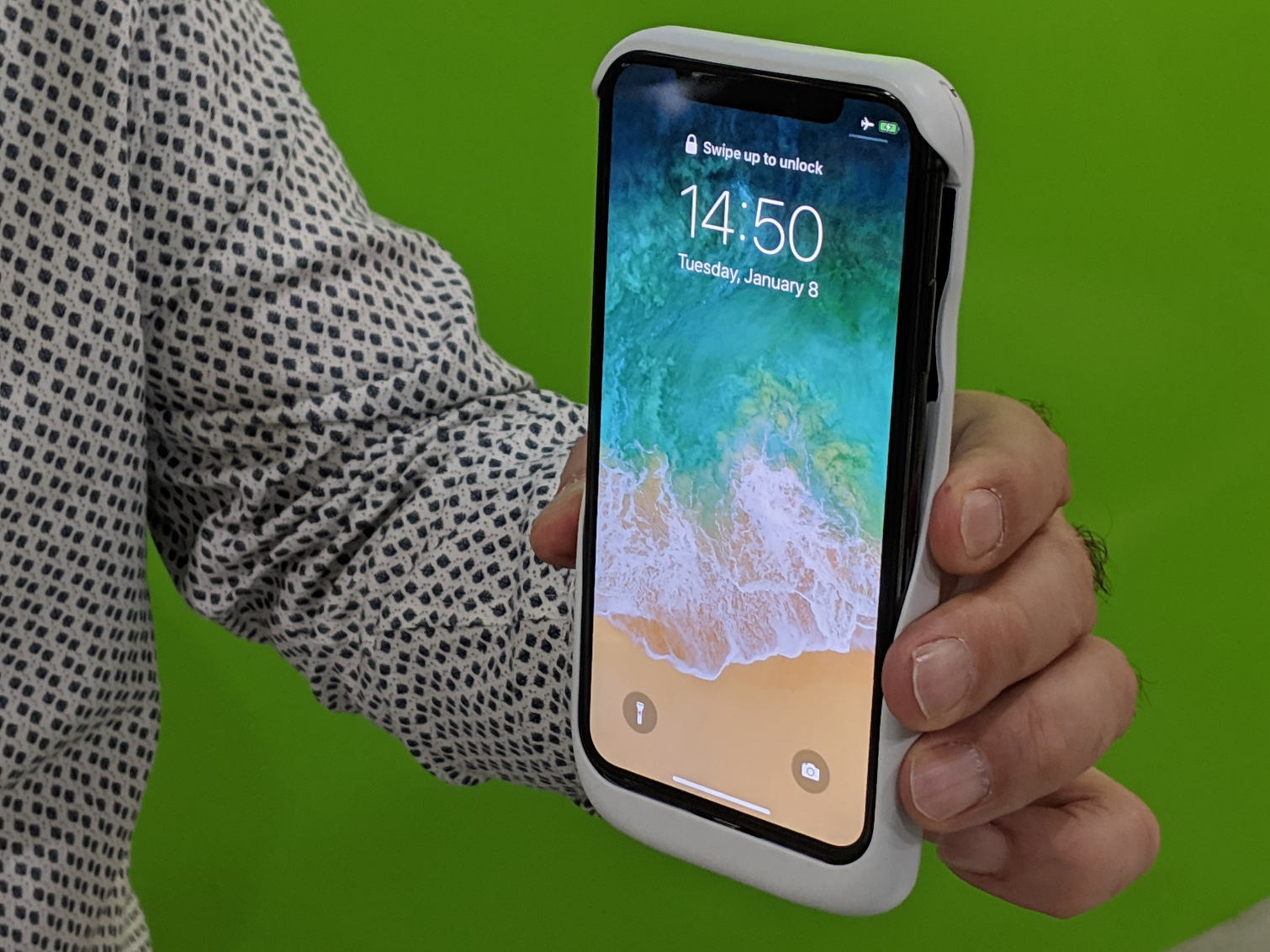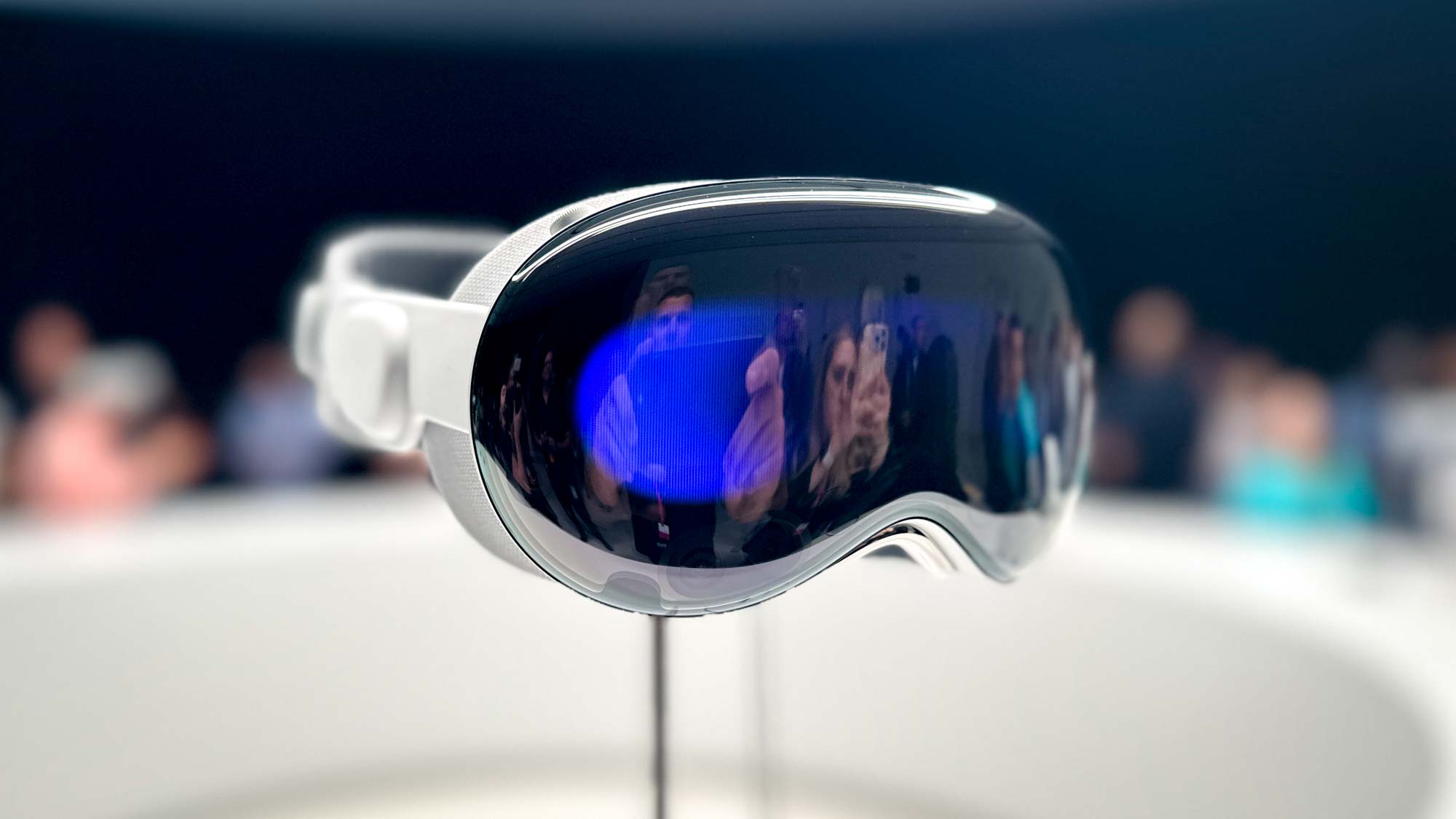FCC Clears Over-the-Air Wireless Charging for 2020 Launch
Ossia's wild wireless charging tech was just cleared by the FCC, paving way for a 2020 launch.
Over-the-air wireless charging sounds like a distant dream, especially when we can’t even wirelessly charge an iPhone and Apple Watch on the same charging pad yet. (RIP, AirPower.)
But wireless charging technology company Ossia just won approval to start selling its over-the-air wireless charging product, which we first saw at CES in January, in the U.S. The future is here.

The Federal Communications Commission just cleared Ossia’s Cota wireless power system, which uses a transmitter to wirelessly juice up a receiver over the air. At CES, the receiver took the form of a phone case called the Forever Sleeve developed in partnership with Spigen, which has a lithium-ion battery that can then top off a smartphone. Ossia then showed off a prototype of a transmitter in the form of a desk lamp at Mobile World Congress in February.
The FCC’s sign-off is a big deal. Ossia is now able to install Cota transmitters operating on 2.4 GHz in commercial, industrial and business environments. That means you can’t install a transmitter at your house, but in 2020, you’ll be able to buy receivers (like a phone case) that can wirelessly charge within one meter of a transmitter. Imagine walking into a restaurant and your phone just starts charging itself. The days of awkwardly asking a server or bartender if there’s a spot to plug in your phone are almost behind us.

At a distance of one meter, you likely won’t be able to suck up much power from any given transmitter. At CES, Ossia said that you’d get three to four watts of power at a distance of two meters. It would take hours to juice up from 10% to fully charged at that rate. But that’s not the point of Ossia’s solution. If your phone is constantly picking up a charge over the air, you likely wouldn’t drop to 10% in the first place.
The company said at MWC that its transmitters would be installed at retail locations toward the end of the year. In 2021, Ossia transmitters might be baked into cars, so with a Spigen Cota case, your phone will charge up while driving.
But we still have to wait until next year to try Ossia’s Cota solution in the wild. Hopefully the over-the-air charging receivers look better than the 3D-printed cases we saw at CES.
Get instant access to breaking news, the hottest reviews, great deals and helpful tips.
Caitlin is a Senior editor for Gizmodo. She has also worked on Tom's Guide, Macworld, PCWorld and the Las Vegas Review-Journal. When she's not testing out the latest devices, you can find her running around the streets of Los Angeles, putting in morning miles or searching for the best tacos.
